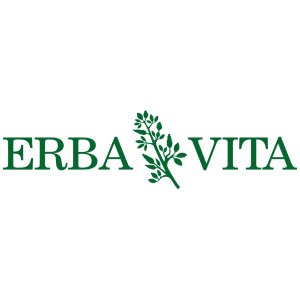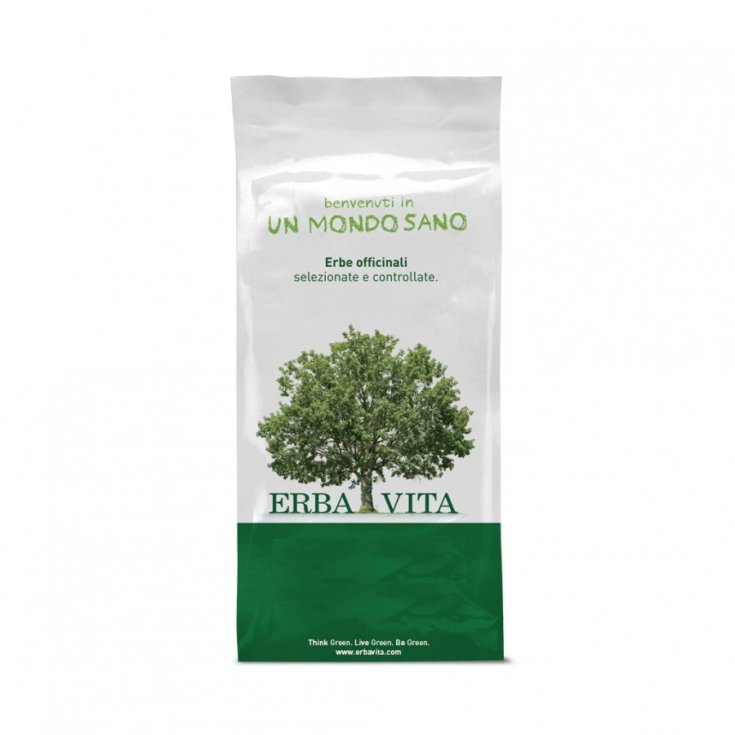ErbaVita Tea And Tisane China Rossa Bark 100g

- Brand: ERBA VITA GROUP SpA
- Product Code: 938905433
- EAN:
- Availability: In 10 - 14 Days
- Purchase 3 items for 5.01€ each
- Purchase 4 items for 4.91€ each
- Purchase 5 items for 4.80€ each
ErbaVita
The And Herbal Teas
Cinchona Bark
It originates in Peru and Bolivia, now also cultivated in India, Java, Antilles, like the white Cinchona. It has reddish, deeply cracked bark and broadly oval leaves, which over time take on a blood-red color. The flowers have a purple calyx. generally at the bottom it has a fairly bare stem, while at the top it develops many ramifications.
Part used: bark: it has a red or blackish-brown external surface, with longitudinal grooves, while inside it is bright red
Components: tannins, quinolinic alkaloids (also present up to 15%, minimum mandatory titer is 6%): quinine, quinidine, cinchonine and cinchonidine. These substances are antipyretic and antimalarial.
Properties: bitter-tonic, febrifuge, antimalarial, intestinal astringent, antidispeptic.
Indications: slow digestions, convalescence, asthenia, fevers. Its derivatives are also useful as a sunscreen.
Uses: against fever and malaria: cinchona acts against amoebae, paramecia, plasmodia and trypanosomes. Eupeptic and anti-fermentative tonic, useful for treating gastrointestinal dyspepsia, due to quinotannic acids. Stimulant and neurotonic, to increase appetite and gastric and salivary secretion, gastrointestinal motility and liver function.
Contraindications: as a result of excessive use, an intoxication called cinconism can occur, manifesting itself with headache, abdominal pain, humming, deafness, nausea, vomiting, sweating, dizziness, hives, visual disturbances, diplopia and atrophy of the optic nerve. Cinchona should not be used during pregnancy, breastfeeding, in patients suffering from gastritis and ulcers and in patients with blood clotting disorders. Remember the activity of quinidine on the heart rhythm.
Synergistic herbs: as for white cinchona
Preparations: Bitter - peptic infusion: cinchona bark g 40, calamus root g 20, angelica root g 10, cola walnuts g 10, colombo root g 10, gentian root g 10. One spoon per cup, one cup after meals.
Drops against stomach acid: cinchona TM 50 g, rhubarb TM 30 g, gentian TM 20 g. Thirty drops after meals.
Curiosity: The cinchona was discovered in Peru, near Laxa. Following an earthquake, some trees would have fallen into the lake where the flocks at high altitude drank, and the indigenous populations noticed that the sick animals - species of fever - recovered. The tree in question is the Cinchona tree. In 1638, during the Spanish invasions, a soldier was treated by a native with water from Lake Laxa, relieving his fever.The cinchona powder is also called the Jesuit powder or pulvis eminentissimis cardinalis because it was introduced in Europe by the Jesuit fathers .
Format of 100g

